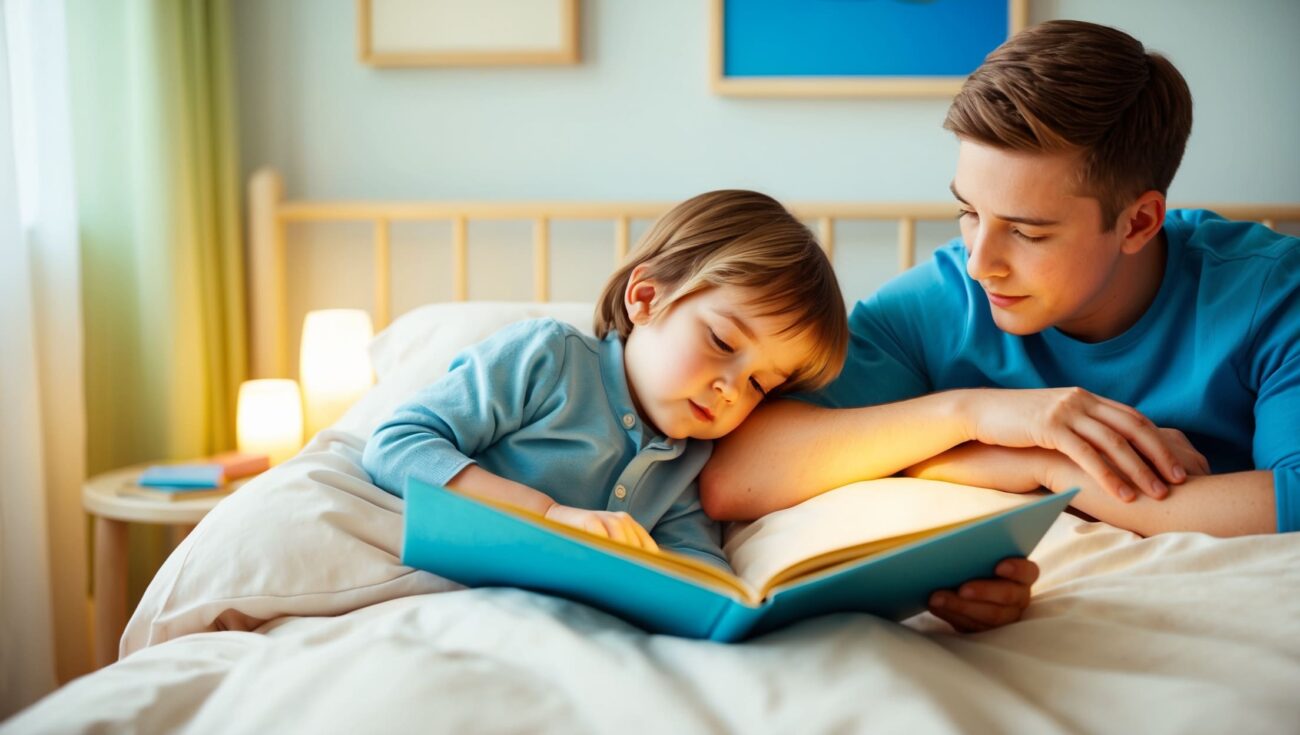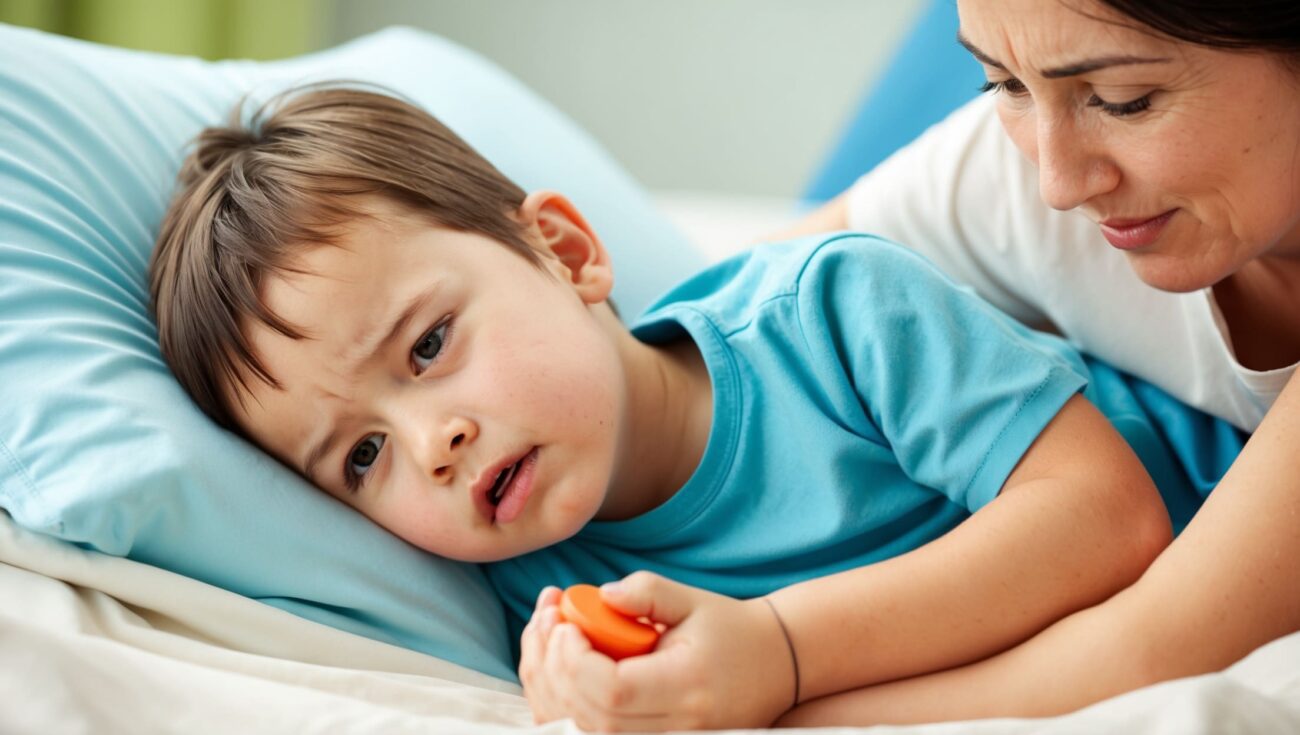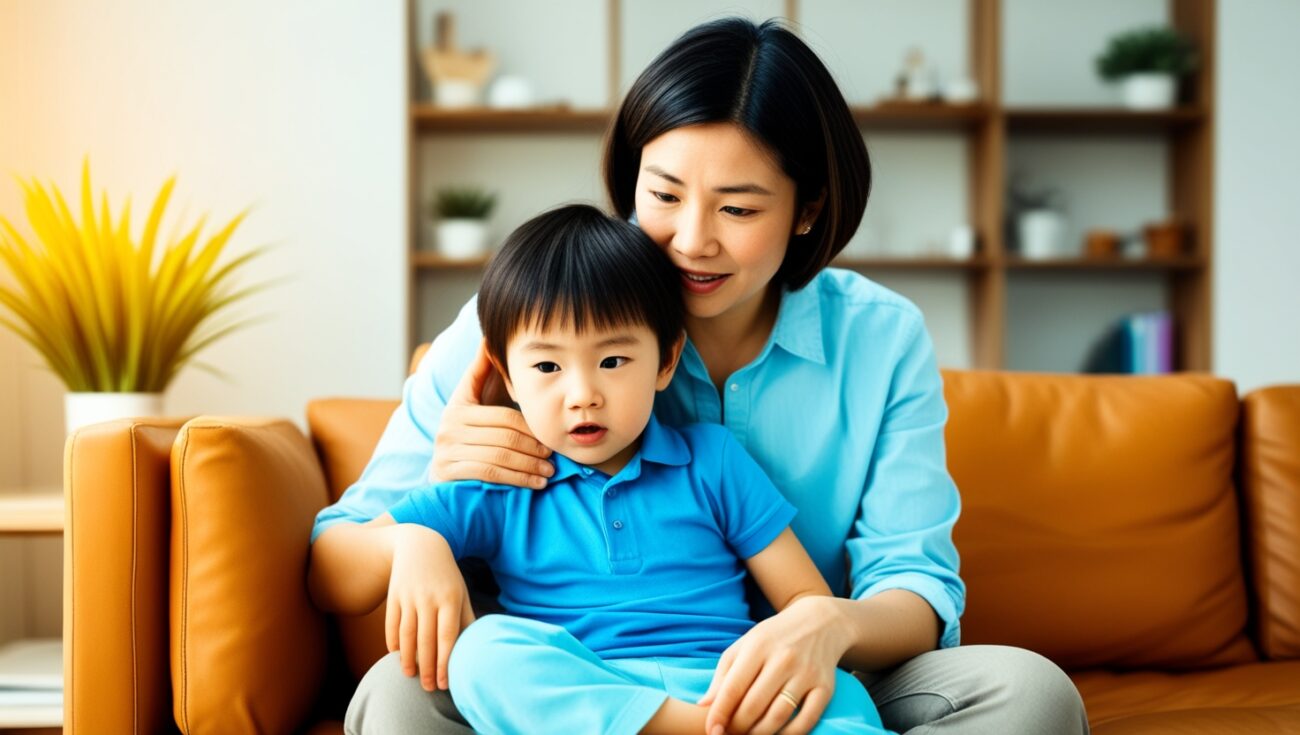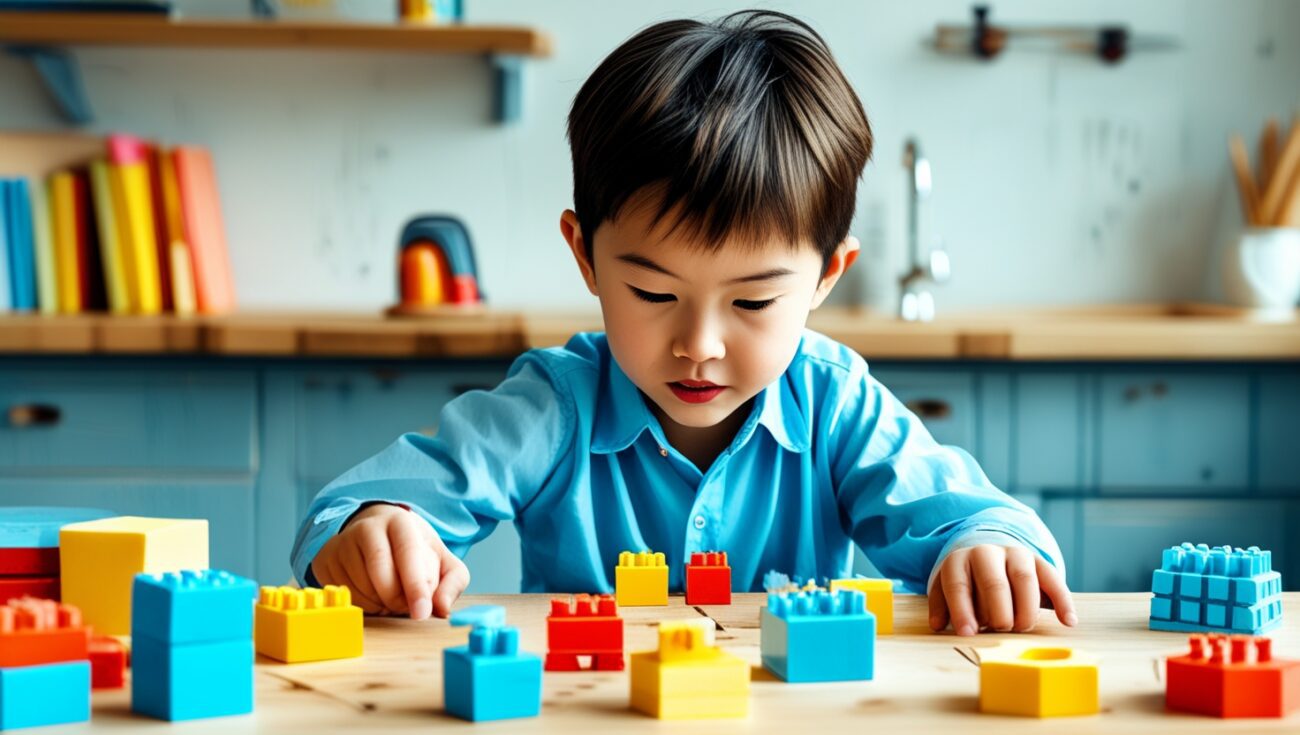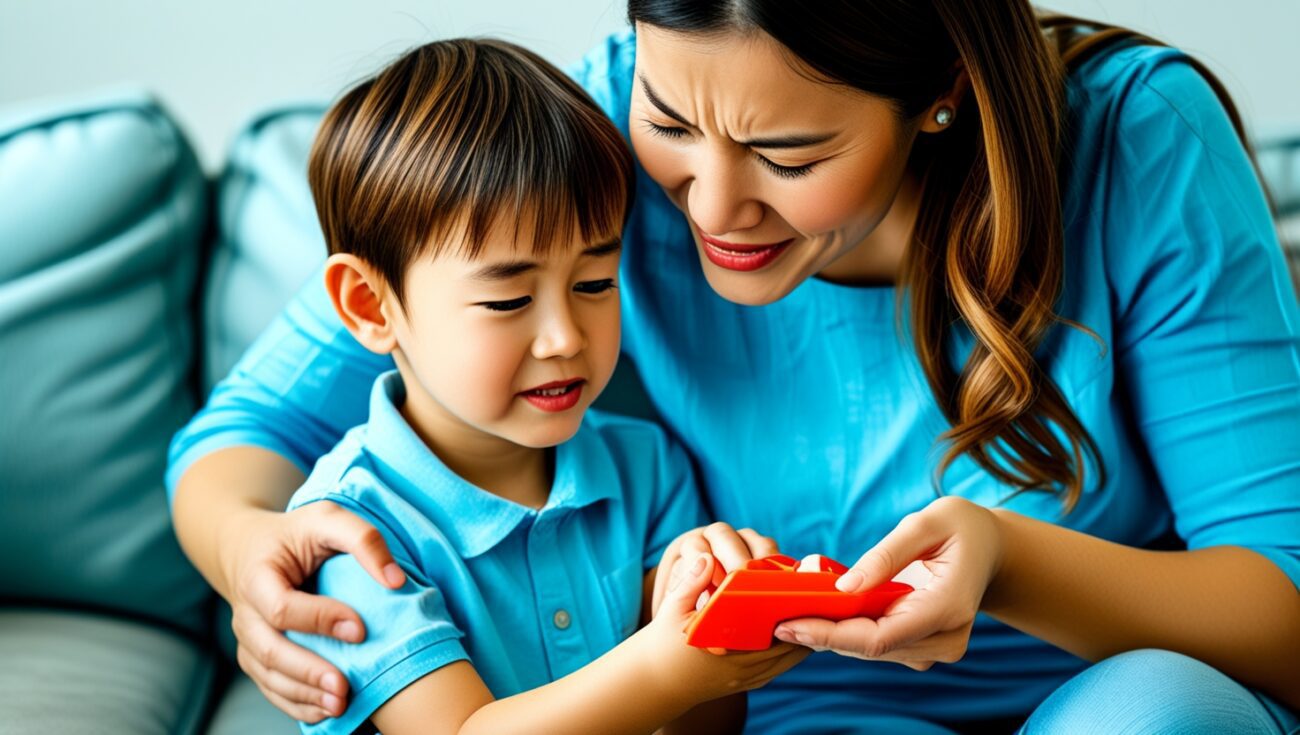Blog
Co-Sleeping with Your Child: Pros, Cons, and When to Stop

Is your child still sleeping in your bed? You’re not alone. Co-sleeping — the practice of parents and children sharing the same sleeping space — is deeply rooted in many cultures and family traditions. While it can foster closeness and comfort, it also brings questions about independence, sleep quality, and when to transition your child to their own bed.
In this article, we explore the benefits, emotional impact, challenges, and safe practices of co-sleeping — and how to know when it’s time to make a gentle shift toward solo sleep.
1. The Benefits of Co-Sleeping for Parent and Child
When done mindfully, co-sleeping can nurture both emotional connection and practical ease.
Why families choose to co-sleep:
- Stronger Bonding: The physical closeness strengthens emotional ties and helps the child feel more secure.
- Easier Nighttime Feedings: Especially for breastfeeding moms, nighttime becomes less disruptive.
- Peace of Mind: Having your child nearby can ease parental anxiety and reduce constant “check-ins.”
- Better Sleep (for some kids): Children who struggle with fear or anxiety may sleep longer and more soundly beside a parent.
Note: Co-sleeping isn’t just a convenience — for many families, it’s a deeply nurturing experience.
2. Emotional and Psychological Impact on Children
Children are highly sensitive to physical and emotional closeness. When practiced safely, co-sleeping may support emotional development.
Emotional benefits of co-sleeping:
- Sense of Security: Reduces nighttime fears and separation anxiety.
- Emotional Comfort: Children may feel safer and more at ease, especially during early developmental stages.
- Healthy Attachment: Promotes secure attachment, which supports self-confidence and emotional resilience later in life.
3. Potential Challenges of Co-Sleeping
While the benefits are clear, co-sleeping also comes with real-life complications that families should consider.
What to watch out for:
- Disrupted Parent Sleep: Kicks, wiggles, or frequent waking can affect adult sleep cycles.
- Reduced Couple Intimacy: Sharing a bed with a child can reduce private time for couples.
- Dependency Risks: Some children may become overly reliant on parental presence to fall asleep.
- Safety Concerns (for infants): Co-sleeping must follow safety guidelines to prevent risks such as suffocation or overheating.
4. When (and How) to Transition Your Child to Their Own Bed
There comes a time when transitioning to independent sleep becomes necessary for your child’s growth and family balance.
When is the right time?
- Between Ages 2–5: Most children begin showing signs of readiness for their own bed in this age range.
- Signs of Readiness: Expressing a desire for their own space, sleeping through the night, or becoming more independent.
How to make the transition smoother:
- Start Gradually: Begin with naps or a bed in the same room, then move to a separate space.
- Use Reassurance: Comfort them with bedtime stories, hugs, and gentle goodnights.
- Stay Consistent: Mixed signals can lead to confusion or resistance.
- Celebrate Independence: Let them choose their own bedding or nightlight to boost confidence.
5. Safe Co-Sleeping Practices
If you choose to co-sleep — especially with infants or toddlers — it’s crucial to follow safe sleep practices to protect your child’s health.
Safety tips for co-sleeping:
- Firm Mattress Only: Avoid soft or sagging surfaces where a child could sink.
- No Pillows or Loose Blankets for Infants: Keep the sleep space clear.
- Back Sleeping: Always place babies on their back to reduce the risk of SIDS.
- Avoid Alcohol or Smoking: These impair your awareness and increase risk.
- No Gaps or Elevated Surfaces: Ensure the child cannot roll off or get trapped.
Co-sleeping can be a beautiful part of your family’s journey — or it might not work for you, and that’s okay too. Whether you’re continuing to share sleep or considering a transition, the most important thing is to prioritize safety, emotional well-being, and what works best for your unique family dynamic.
The goal? A restful night’s sleep — and a happy, confident child — whether they’re beside you or sleeping independently.

